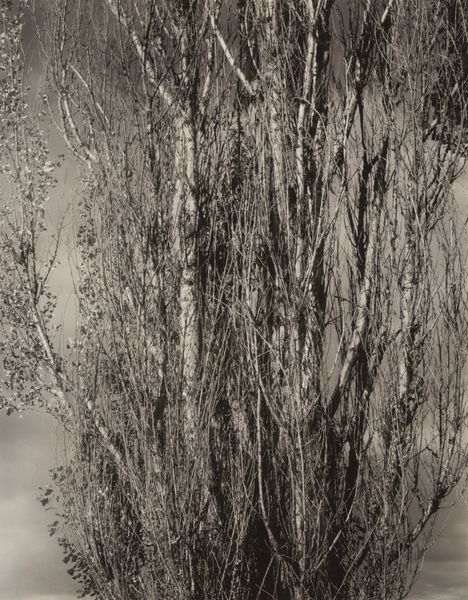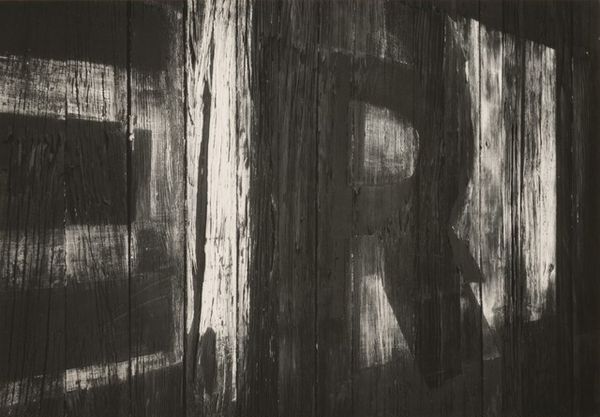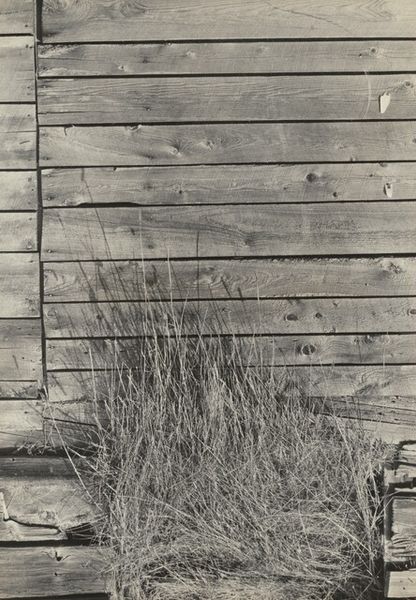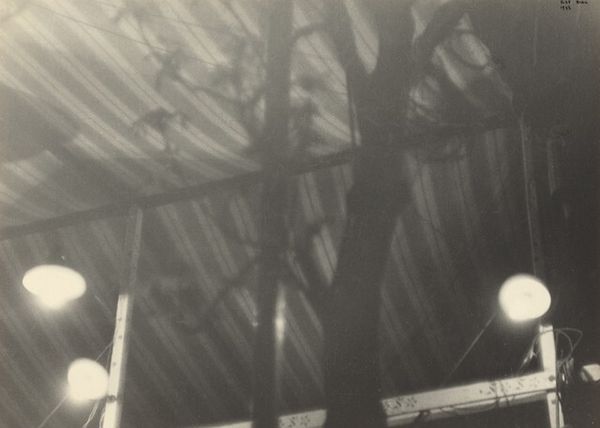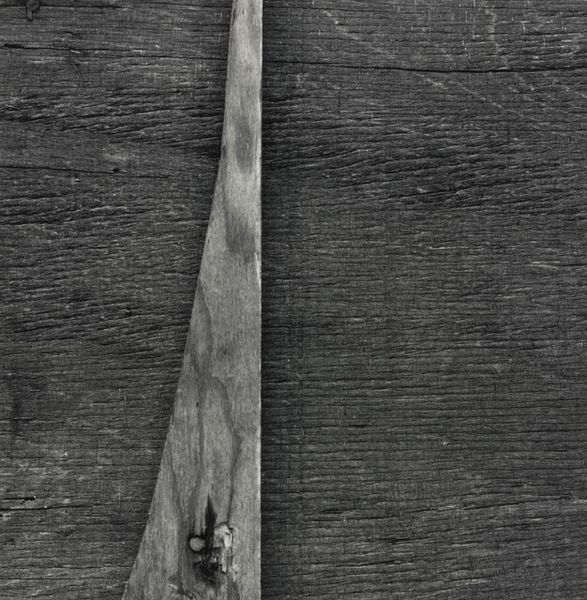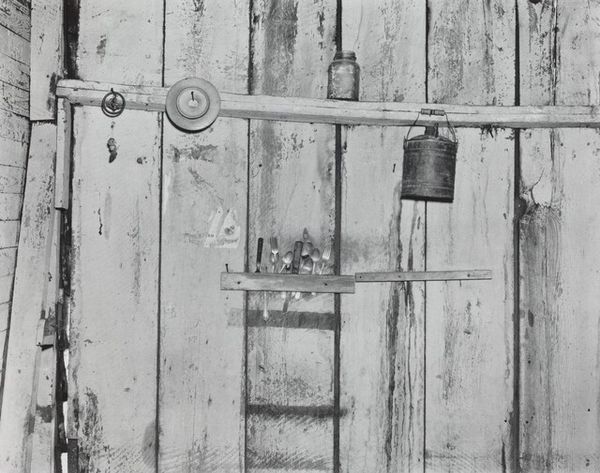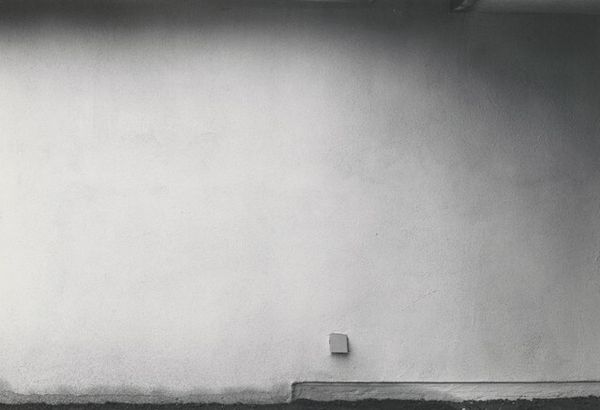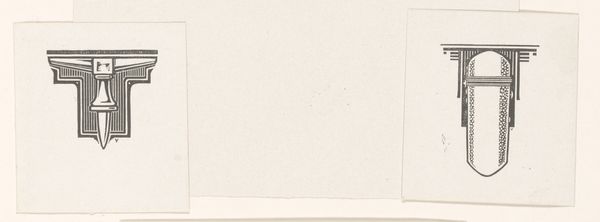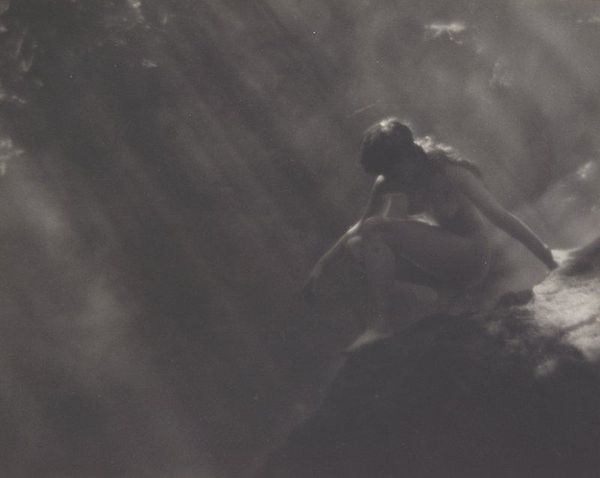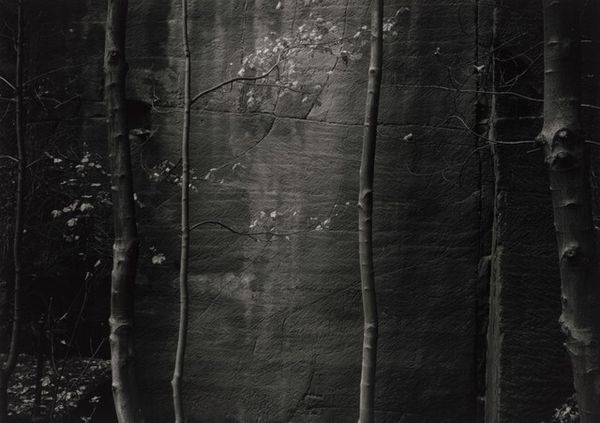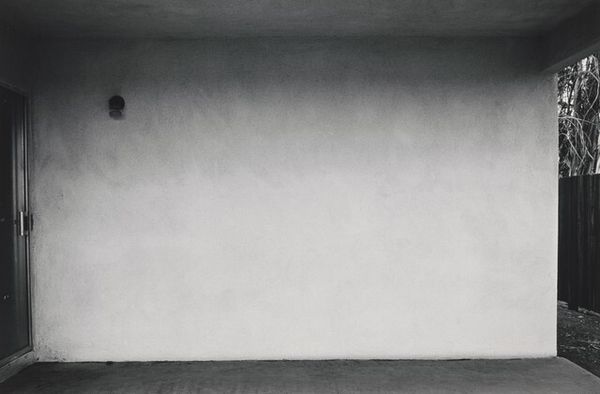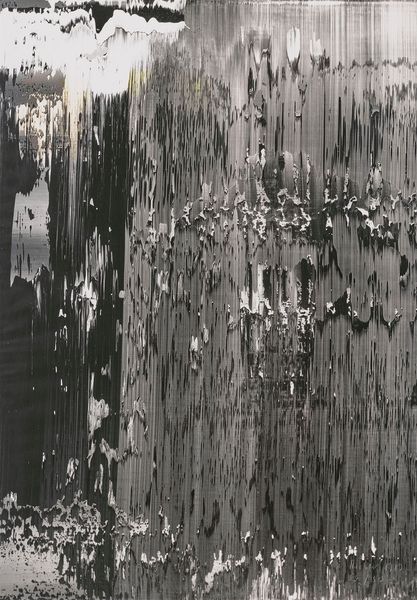
photography
#
portrait
#
photography
#
realism
Dimensions: height 116 mm, width 165 mm
Copyright: Rijks Museum: Open Domain
Curator: I’m instantly charmed. There's a quiet intimacy in this photo—something gentle and almost sacred. Editor: And that's the enduring magic of Richard Tepe's photograph, "Great Tit Eating out of the Hand of a Horticulture Student," created around 1915 and housed here at the Rijksmuseum. Tepe had a real knack for capturing everyday moments in striking detail. Curator: I’m mostly curious, what on earth were horticulture students doing hand-feeding birds a century ago? And why memorialize it in this manner? The student's hand, like a landscape offering sustenance, seems so generous. Editor: Well, such photographs allowed viewers, particularly city dwellers, a controlled experience of nature. Urbanization had created this romantic ideal of the countryside—and bird feeding became a popular activity expressing sentimental, class-based views on nature. It made nature docile, even domestic. Curator: I suppose that also speaks to photography itself, the framing and curation of life… What also gets me is how sharp the bird looks against the almost blurred lines of the backdrop. I see that the texture of the woven backdrop nearly overshadows everything— the person, the moment—in this sepia wash. The soft depth of field almost pushes the human out of the image altogether. It centers the bird and makes you examine that little animal. Editor: Precisely! By blurring the background, the photo gives visual prominence to the great tit. Yet Tepe was part of a bigger movement, where photography played a huge role in education, from botany to anatomy. Such photos, in other words, taught people how to see and classify the world around them according to institutional standards. Curator: Hmm, I saw an expression of human connection. You are completely correct, such work shows how knowledge organizes human interaction. Well, whichever view we prefer, Tepe captured an interesting intersection between person and nature. Editor: It reveals not just what they saw, but how they were taught to see. Thanks for sharing this moment with me.
Comments
No comments
Be the first to comment and join the conversation on the ultimate creative platform.
